A single bad day 66 million years ago ended the age of dinosaurs, but what if that day never dawned? Paleontologists have long suspected that chance, not inevitability, sealed their fate, and new modeling gives that suspicion teeth. Picture the Late Cretaceous: lush forests, warm seas, and ecosystems stacked with giant herbivores and razor‑smart predators – and then imagine the sky staying quiet. Without the Chicxulub impact, would tyrannosaurs and triceratops still pace Earth while early humans never arrive? The counterfactual is more than a thought experiment; it’s a stress test for how life handles shocks, competition, and climate swings.
The Hidden Clues
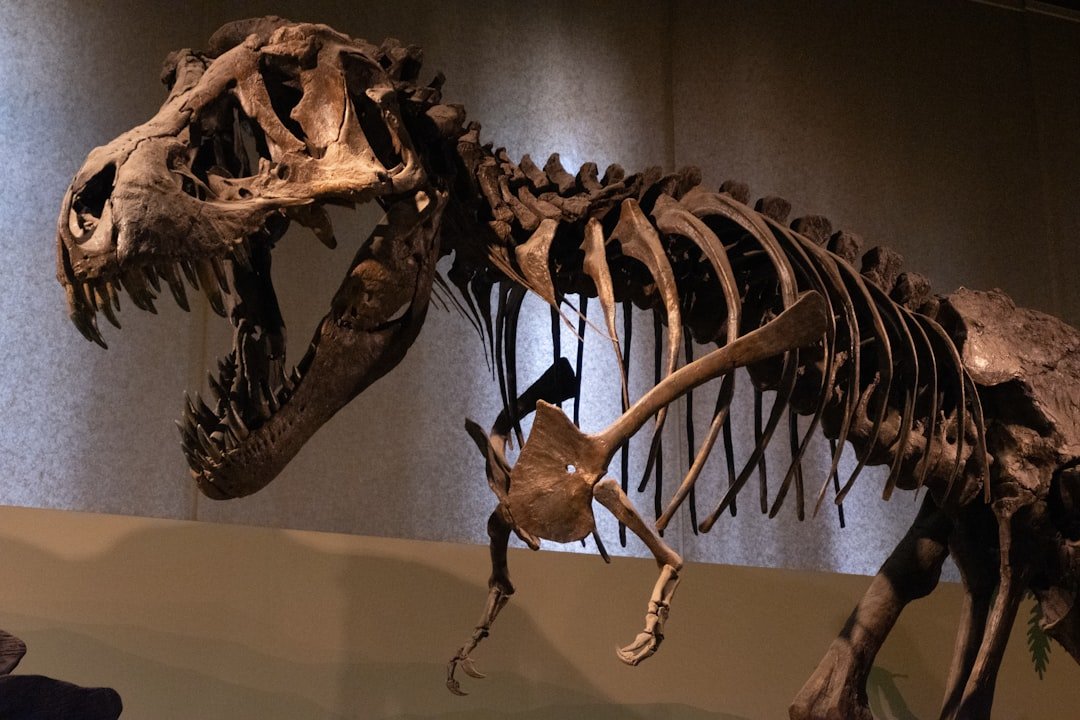
Fossils sketch a world that was thriving right up to the boundary, with hadrosaurs, ceratopsians, and sleek raptor kin expanding into fresh plant‑rich habitats. Leaf impressions and pollen show flowering plants surging, reshaping diets and migration patterns across continents. Bonebeds hint at dense herds, while trackways reveal seasonal movements that look surprisingly modern. Even marine realms brimmed with flourishing ammonites and giant mosasaurs, the apex hunters of their seas.
Crucially, thin layers of clay at the boundary record a sudden shock rather than a drawn‑out decline, pointing to an event that flipped the table in an instant. Chemical fingerprints of extraterrestrial dust frame the catastrophe, but just beneath that line, diversity holds steady. That stability suggests many dinosaur groups were not limping toward oblivion. In other words, if the meteor missed, the deck remained stacked in their favor.
From Ancient Tools to Modern Science
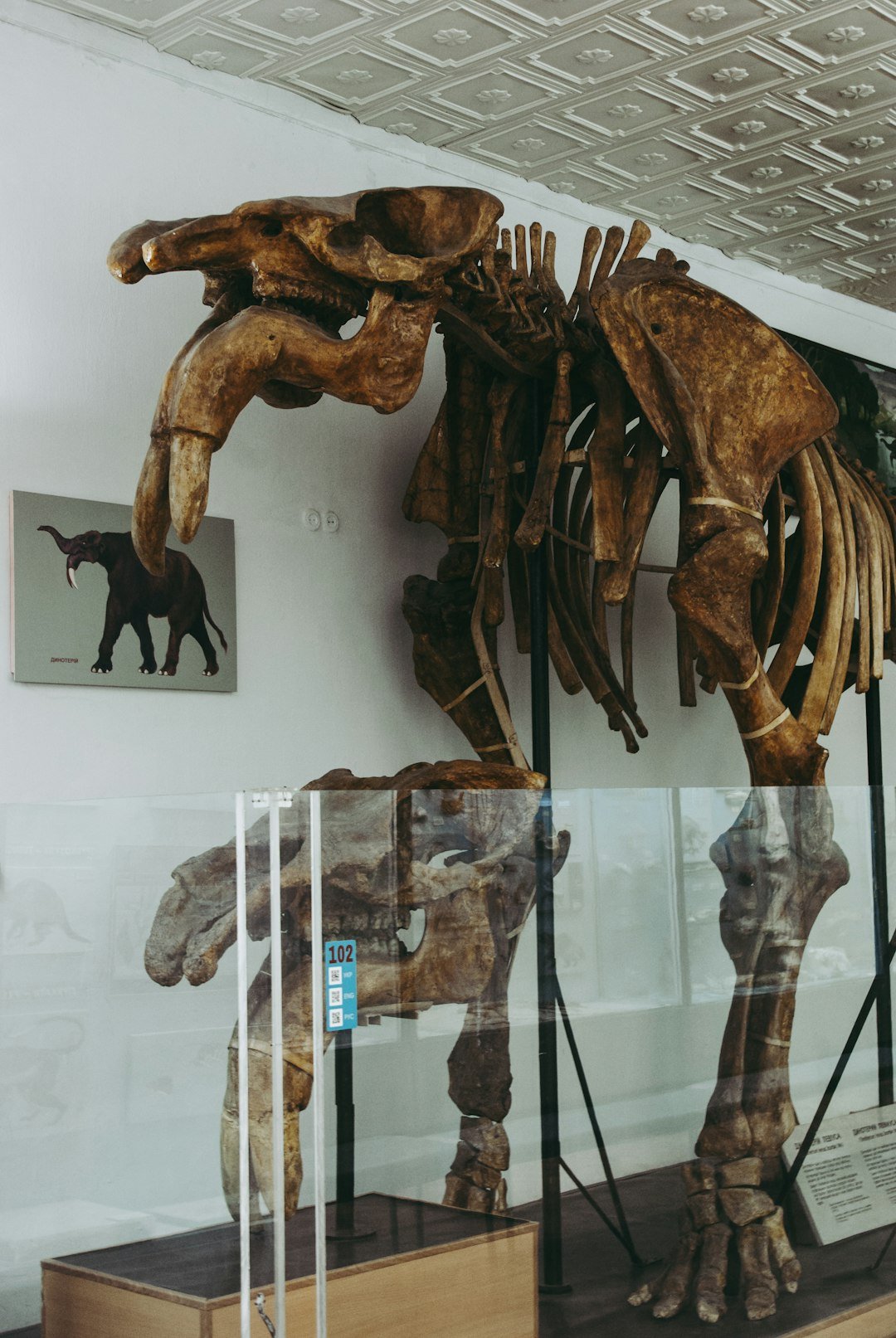
What began with shovels and chisels now leans on supercomputers and geochemistry to rewind deep time. Climate models ingest ancient carbon dioxide estimates and paleogeography to simulate monsoons and drought belts over Cretaceous continents. High‑precision dating ties volcanic pulses to shifting temperatures, giving scientists a timeline sharp enough to test cause and effect. Stable isotopes pulled from shells and teeth track rainfall and food webs like a prehistoric weather archive.
These tools converge on a sobering insight: dinosaurs were navigating a warm, dynamic planet, but one still within their physiological wheelhouse. Many herbivores had broad diets, and small feathered theropods were nimble omnivores – traits that cushion ecological bumps. Avian dinosaurs – early birds – were already exploiting niches in trees, shorelines, and open water. The toolkit says resilience was not an accident; it was built into their biology.
If the Sky Stayed Quiet
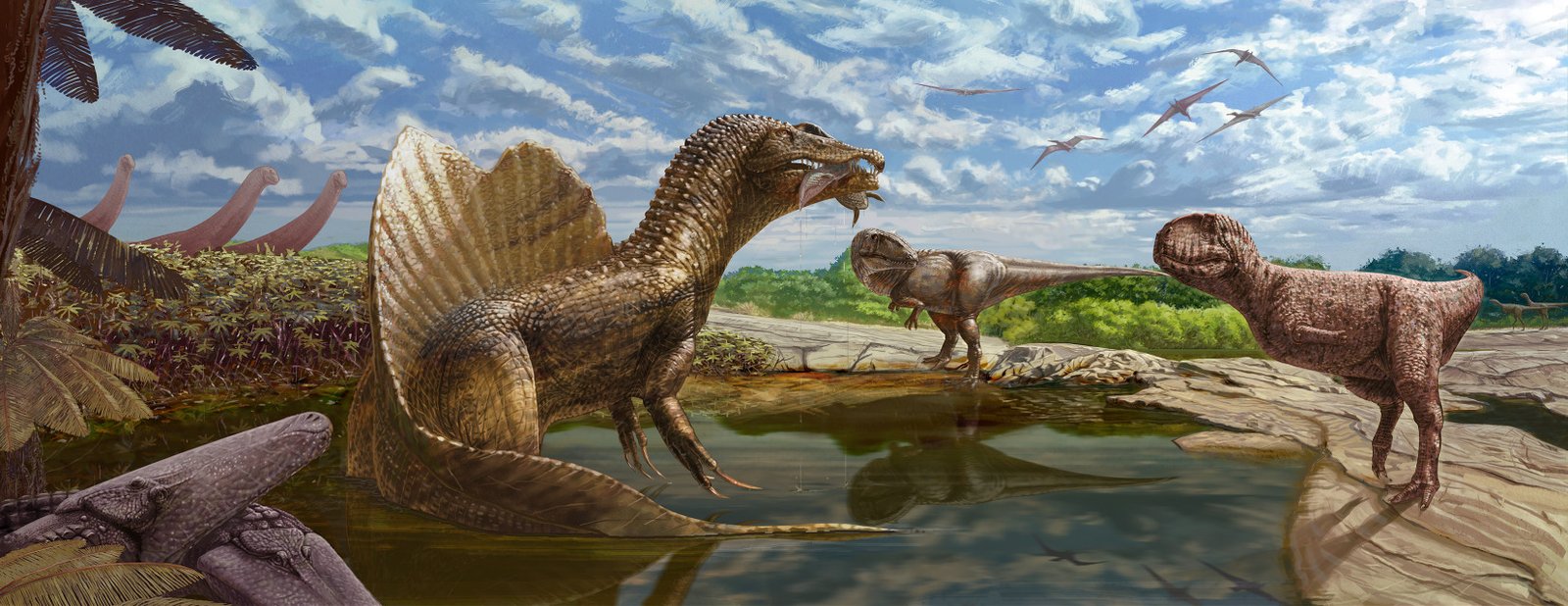
Erase the impact and the most likely short‑term future is simple: dinosaurs keep doing what works. Large plant‑eaters would continue engineering landscapes the way elephants do today, knocking down trees, spreading seeds, and opening fresh graze. Apex predators would shadow those herds, tracking migrations along coastlines and river valleys. Small, sharp‑toothed omnivores would exploit the edges, raiding nests, picking insects, and scavenging leftovers.
Over longer spans, evolution turns the ratchet. Birds keep diversifying, gaining new beaks and flight styles as flowering plants spread fruit and nectar. Some theropods could miniaturize further, amplifying brain‑to‑body ratios and social behaviors to win in complex habitats. On a planet where dinosaurs never fell, mammal ascendancy would slow, their nighttime, small‑bodied strategy remaining a clever workaround rather than a springboard.
The Planet Dinosaurs Would Inherit
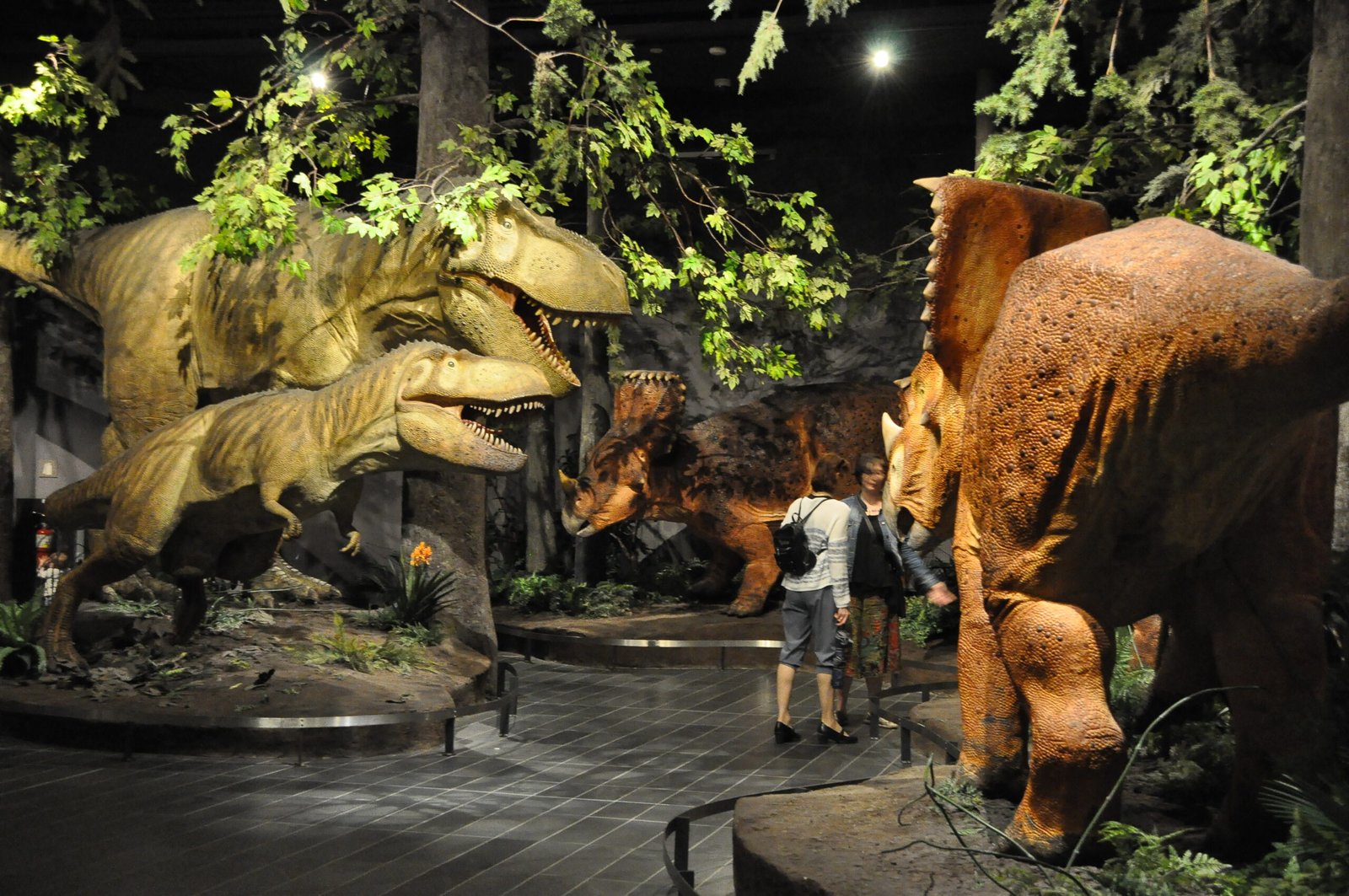
The Late Cretaceous was warm, with high seas flooding continental interiors and creating vast coastal plains rich in food. Forests were mosaics – conifers, cycads, and flowering plants interlaced – offering layered habitats from ground to canopy. Polar regions were milder than today, seasonally dark yet forested, a refuge for tough, cold‑tolerant species. In that setting, even modest climate shifts would shuffle ranges rather than erase them outright.
Volcanic outgassing from episodes like the Deccan Traps still loomed as a stressor, but absent the impact’s sudden winter, change would feel more like a rough stairway than a cliff. Migratory routes could lengthen; nesting sites might creep poleward; diets would flex with blooming seasons. Dinosaurs with broad thermal tolerances and flexible foraging would ride the wave. Specialists would track their favorite plants and prey along shifting isotherms.
Winners and Losers in a No‑Impact World
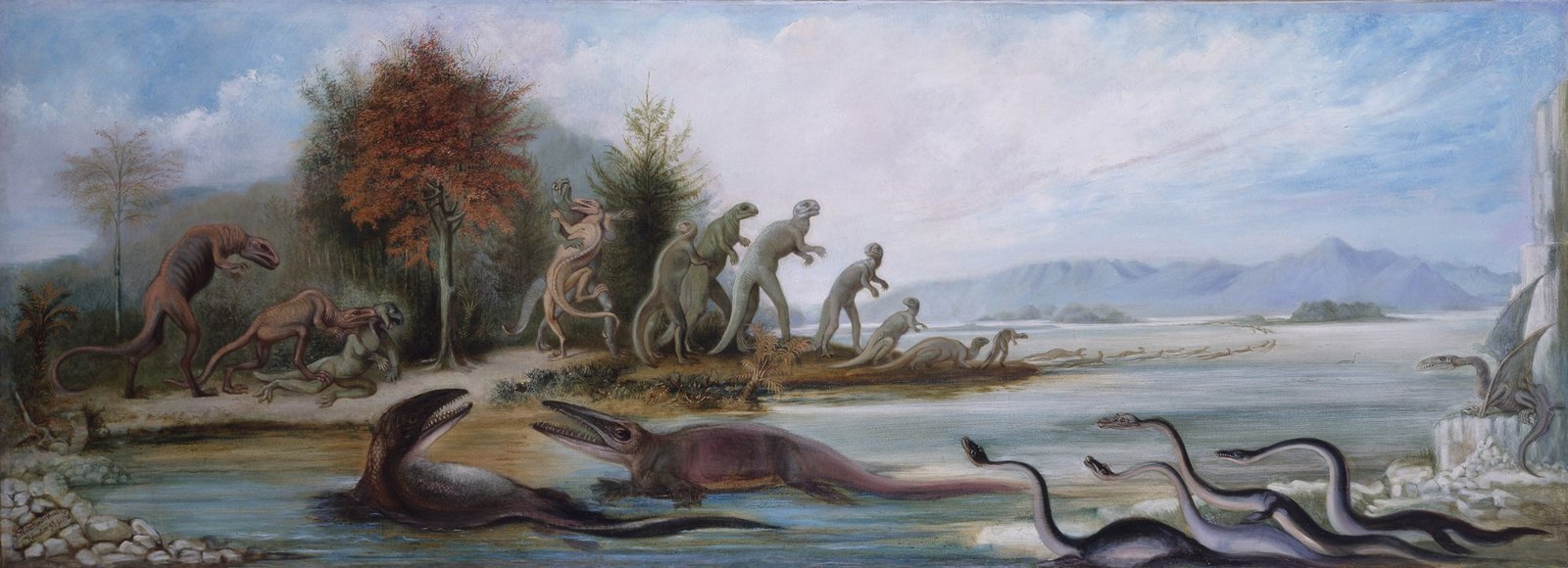
Hadrosaurs, with dental batteries built for grinding tough vegetation, look like clear winners in a world of flowering‑plant expansion. Ceratopsians, armored and social, would likely keep dominating open floodplains where visibility and numbers matter. Nimble, feathered theropods – some already perching, some running – would gobble opportunities from forest floor to canopy. Large tyrannosaur relatives might grow more regionally distinct, splitting into lineages tailored to different climates and prey.
Losers would likely be the ultra‑specialists tethered to narrow diets or breeding grounds easily disrupted by sea‑level swings. Marine reptiles tied to certain shoreline nursery zones could struggle if coastlines marched inland or out. Mammals would not vanish, but their road to large brains and global dominance would be far slower, their niches pinched by vigilant reptilian neighbors. Evolution still rewards experimentation, but the payoff timetable changes.
Why It Matters
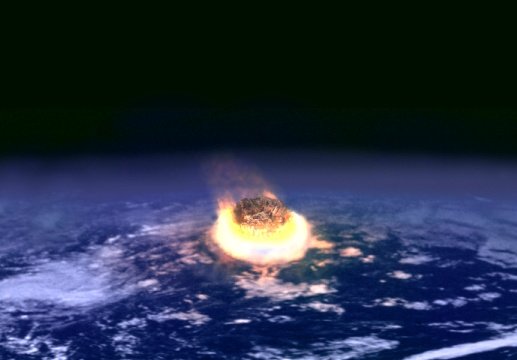
Asking whether dinosaurs could have survived is really asking how chance and resilience shape life today. Mass extinctions rewrite rules quickly, handing wins to generalists while penalizing exquisite specialists – a lesson that echoes in today’s biodiversity crisis. Traditional views cast dinosaurs as doomed by inertia, but the evidence suggests they were adaptable until a cosmic bolt turned adaptability into collateral damage. Understanding that distinction sharpens our reading of modern risks.
Conservation once focused on single species; the deeper insight is to safeguard the processes that buffer shocks – migration corridors, genetic diversity, and ecological redundancy. When we compare the impact’s abrupt darkness to gradual climate shifts, we see different failure modes demanding different defenses. Planning for abrupt shocks means building refuges and connectivity; planning for gradual change means enabling range shifts and evolution’s slow fixes. The dinosaur counterfactual is a mirror for present‑day choices.
The Future Landscape

New cores from impact and volcano sites will tighten timelines, letting researchers separate overlapping stressors with calendar‑level precision. Improved climate models will blend ocean chemistry, vegetation dynamics, and food‑web feedbacks to test who thrives under different warming curves. Machine‑learning tools will sift fossil databases for subtle patterns – body size shifts, nesting latitude drifts, and seasonal growth rings – that humans miss. Micro‑CT scans will keep revealing hidden anatomy, rewriting how we think dinosaurs breathed, cooled down, and raised young.
Beyond methods, the open question is contingency: how much of life’s story is luck, and how much is locked in by physics and biology? If models show dinosaurs weather most plausible Late Cretaceous climates, it strengthens the case that one event rerouted evolution. If not, it suggests slower pressures were already bending the arc. Either way, future work will turn a counterfactual into a measurable spectrum of possible worlds.
Conclusion
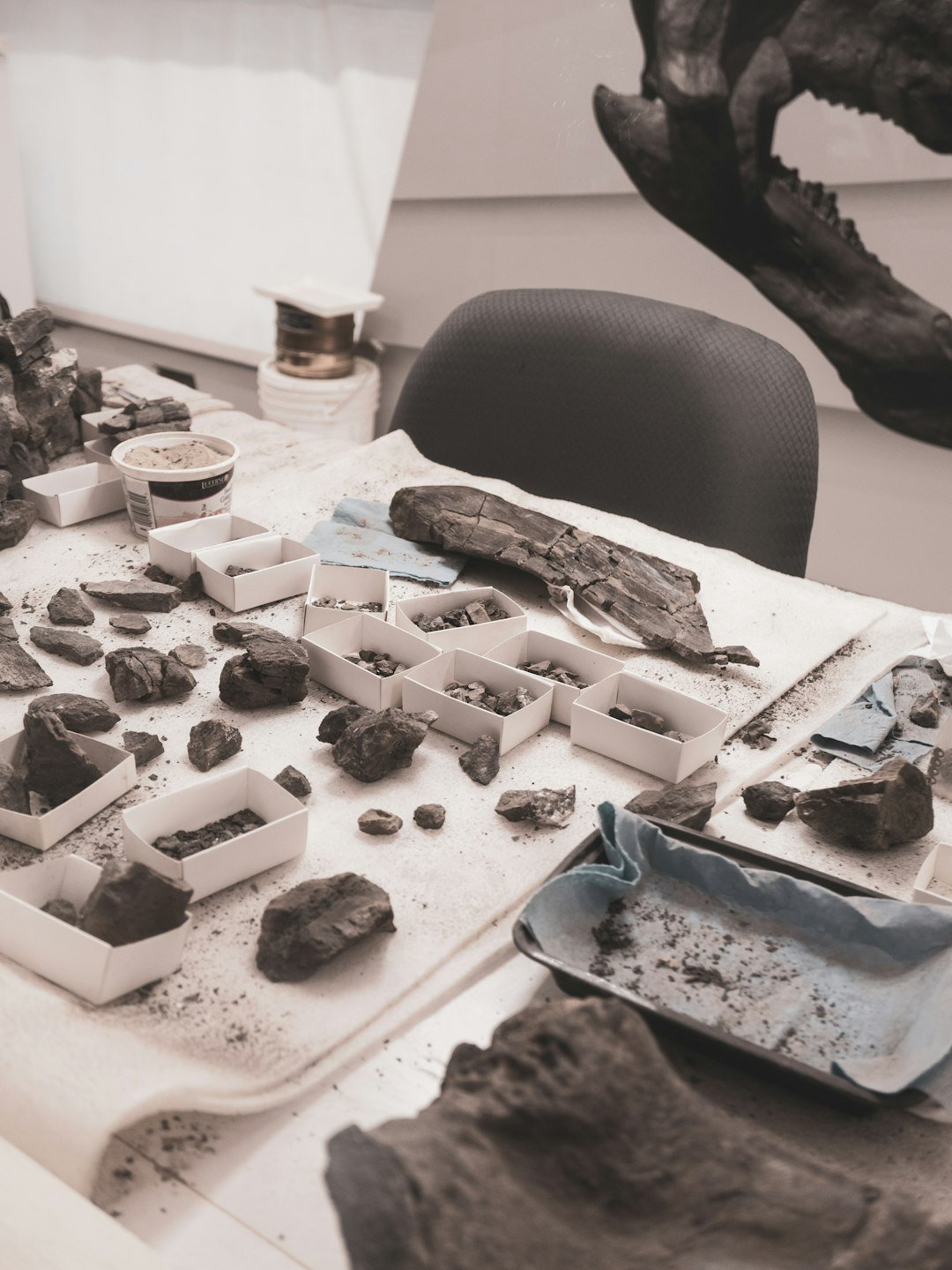
Support local museums and university collections that protect the fossils and archives fueling this research, because those specimens anchor every model and timeline. Back conservation projects that keep corridors open for wildlife, since mobility is nature’s parachute when conditions tilt. Encourage open data policies so researchers worldwide can test competing scenarios rather than rely on a single narrative. Follow community digs and field schools that invite volunteers, because fresh eyes still find the bones that change minds.
Students can dive into geology, ecology, or computation – this is an all‑hands mystery spanning labs and landscapes. Readers can stay skeptical but curious, asking how scientists know what they claim and what would change their minds. Policymakers can invest in long‑term monitoring of climate, oceans, and biodiversity to spot disruptions before they cascade. The next decisive insight may come from a rock chip, a code loop, or a careful walk along an eroding creek bed.

Suhail Ahmed is a passionate digital professional and nature enthusiast with over 8 years of experience in content strategy, SEO, web development, and digital operations. Alongside his freelance journey, Suhail actively contributes to nature and wildlife platforms like Discover Wildlife, where he channels his curiosity for the planet into engaging, educational storytelling.
With a strong background in managing digital ecosystems — from ecommerce stores and WordPress websites to social media and automation — Suhail merges technical precision with creative insight. His content reflects a rare balance: SEO-friendly yet deeply human, data-informed yet emotionally resonant.
Driven by a love for discovery and storytelling, Suhail believes in using digital platforms to amplify causes that matter — especially those protecting Earth’s biodiversity and inspiring sustainable living. Whether he’s managing online projects or crafting wildlife content, his goal remains the same: to inform, inspire, and leave a positive digital footprint.



